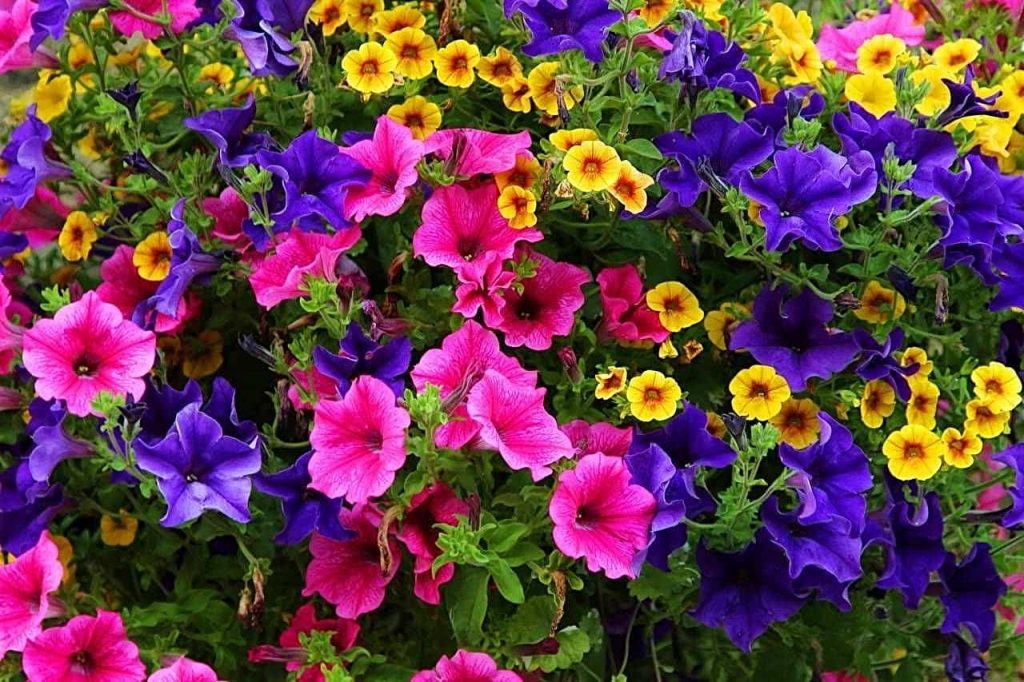
To keep petunias blooming all summer, it’s essential to understand the needs of these vibrant and versatile flowers. With their wide range of colors and patterns, petunias can brighten up any garden space. However, to maintain their beauty, certain care practices must be followed. From the right amount of sunlight to proper watering techniques, each step plays a crucial role in extending the blooming period of your petunias. In this guide, we’ll explore four key tips that will help you keep your petunias flourishing and ensure they add a splash of color to your outdoor oasis all season long. Whether you’re a seasoned gardener or a beginner, these tips will empower you to keep your petunias in full bloom.
How To Keep Petunias Blooming All Summer?

Petunias are one of the most cherished flowering plants, brightening up gardens with their lively colors. To keep petunias flowering throughout the season, it’s essential to provide them with proper care and attention. Here are four tips to ensure your petunias remain full and blooming.
1. Ensure Adequate Sunlight and Water
For petunias to maintain their blooming glory, they need full sun. Place them where they’ll receive at least six hours of direct sunlight daily to keep petunias flowering. Watering is equally important; water your petunias regularly to keep the soil moist but not waterlogged.
2. Fertilize for Continuous Blooms
Fertilization is crucial to keep petunias full and flowering. A balanced, water-soluble fertilizer applied every two to three weeks can provide the necessary nutrients for sustained growth and blooming.
3. Prune and Deadhead Regularly
Pruning helps keep your petunias looking full and flowering by encouraging new growth. Regularly remove faded and dead flowers (deadheading) to prevent the plants from going to seed, which can reduce blooming.
4. Address Common Blooming Issues
If your petunias stop blooming, it could be due to excessive heat or lack of nutrients. Ensure they’re not in a location that gets too hot and continue to fertilize and water appropriately. This will help keep petunias flowering even during the peak of summer.
Interestingly, petunias carry a mix of meanings, including resentment and anger, but also hope and the desire to spend time with loved ones. In the language of flowers, petunias can be a way to say “I miss you,” making them a thoughtful choice for those who wish to express longing or remembrance. Flowers That Mean I Miss You could include a bouquet of petunias, symbolizing a heartfelt message of missing someone’s presence. By following these tips, you can enjoy the petunias flowering season with a garden full of vibrant colors. Remember, consistent care is the key to keep petunias flowering all summer long.

FAQs About How to Keep Petunias Flowering
How do I get my petunias to flower more?
To encourage more flowering, ensure your petunias receive plenty of sunlight, water them adequately, and fertilize regularly with a balanced, water-soluble fertilizer.
How do you prune petunias to keep them blooming?
Prune petunias by cutting back the stems just above a set of leaves. This encourages bushier growth and more blooms.
Do you have to deadhead petunias to keep them blooming?
Yes, deadheading spent blooms can promote more flowering. However, many modern petunia varieties are self-cleaning and don’t require deadheading.
How do you get petunias to cascade?
Choose trailing varieties for cascading growth and plant them in hanging baskets or elevated containers. Regular pruning will encourage fuller, cascading plants.
Why do my petunias stop blooming?
Petunias may stop blooming due to extreme heat, insufficient sunlight, overwatering, or lack of nutrients. Address these issues to revive blooming.
How long do petunias bloom?
Petunias can bloom from late spring until the first frost of fall when cared for properly.
